Are you looking for the most notable French royals?
French history is well-known for being one of the most complicated, yet fascinating, in the world. The men and women who led their nation through war, conspiracies, conquests, and intrigue were among the factors that made French history interesting.
If you enjoy history and are particularly fond of all things French, read on as we delve into the lives and legacies of France’s most notable Kings and Queens.
Whether famous or infamous, hero or villain, these amazing men and women have made a lasting stamp on the nation’s history.
Things you'll find in this article
12 Famous French Royals
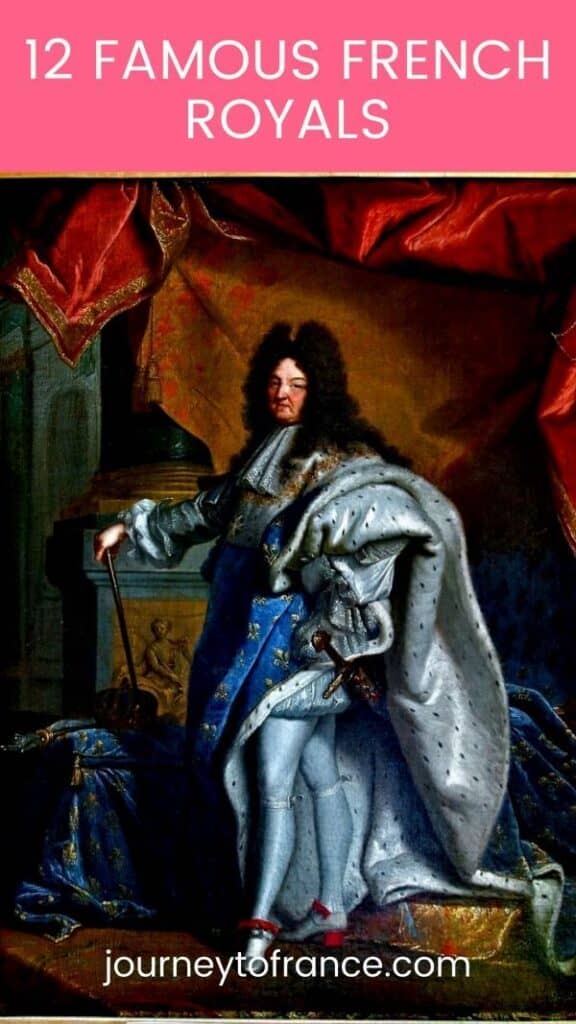
1. Clovis I
Reign: 509- 511
Clovis was the first to unite the Frankish people under a common banner. Pre-Kingdom Franks, these regions were administered by groups of chieftains. A monarchy of his lineage was founded, and power was solidified under his reign.
It wasn’t until 498 that he became a Christian after his wife Clotilde persuaded him to convert. More people followed soon after, and it was the beginning of France’s commitment to the Catholic Church and the future Popes of Rome.
2. Charlemagne
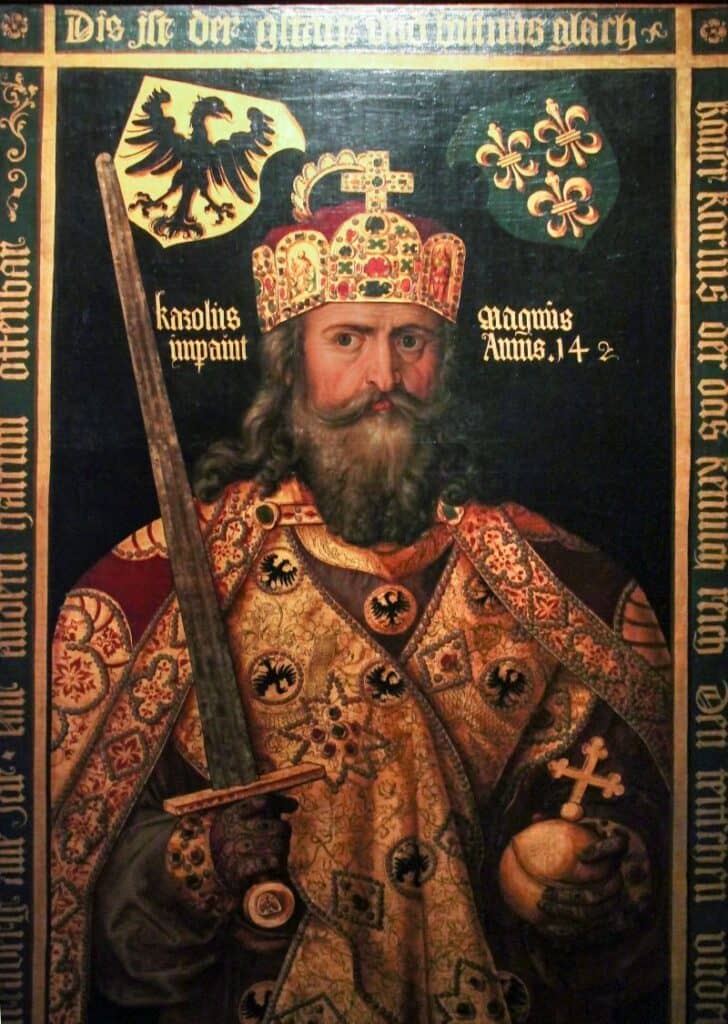
Reign: 768- 814
Charlemagne (also known as “Charles the Great”) was a warrior monarch who is recognized as the “Father of Modern Europe.” He reigned from 800 to 800 AD. His titles include King of the Franks, King of the Lombards, and Holy Roman Emperor, to name a few.
Charlemagne was the first Holy Roman Emperor to rule after the fall of the Western Roman Empire, and he was responsible for the unification of much of Western Europe.
3. Eleanor of Aquitaine
Reign: 1137 – 1152
Eleanor of Aquitaine, Queen of France and England at the same time, challenged all medieval ideals of an aristocratic woman. She married Louis VII before he became king, and the two joined the crusades together in 1147.
At the time, it was unheard of for a woman to fight alongside her husband. However, because she had no male heir, he ended the marriage.
Henry Plantagenet, the future King Henry II of England, was Eleanor’s second husband. Although they had a wonderful start to their marriage, it had to come to an end eventually.
The death of her husband in 1199 and the enthronement of her son, John, as King of England prompted her to flee to Aquitaine. When Eleanor passed away at the age of 82, she was remembered as a charismatic leader and enigmatic ruler.
4. Louis IX
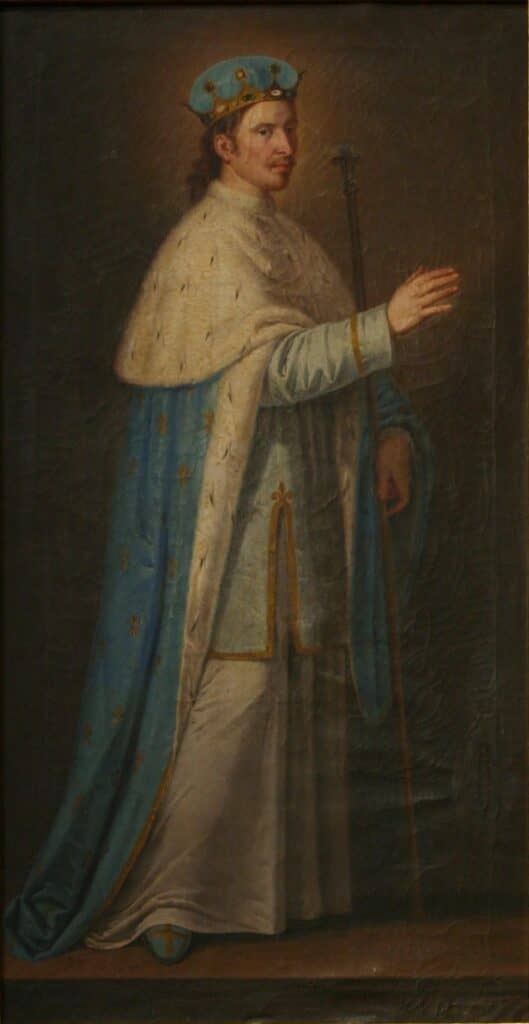
Reign: 1226- 1270
The Catholic Church has designated Louis IX as Saint Louis, making him the only monarch in French history to receive this honour. He took part in two crusades in the Sacred Land and paid a hefty price for holy relics from the King of Constantinople, which he received as a gift.
The Sainte-Chapelle, built by Louis IX to house the relics, is a spectacular example of medieval-gothic architecture that is worth visiting in Paris.
5. Blanche of Castille
Reign: 1223 – 1226
At the urging of her grandmother (Eleanor of Aquitaine), Blanche married Louis (later Louis VIII) in 1200. This was an effort to promote harmony between England and France. They had twelve children. Louis VIII died due to dysentery at the age of forty-three, but some claim he was poisoned by one of his rivals.
Blanche took over as regent and ruled France for the next eight years. On his way to the Crusades, her son Louis IX committed the country to his mother’s care. Blanche proved to be a formidable leader and kept the peace. In 1236, she established Maubuisson Abbey, where she is interred.
6. Philippe IV
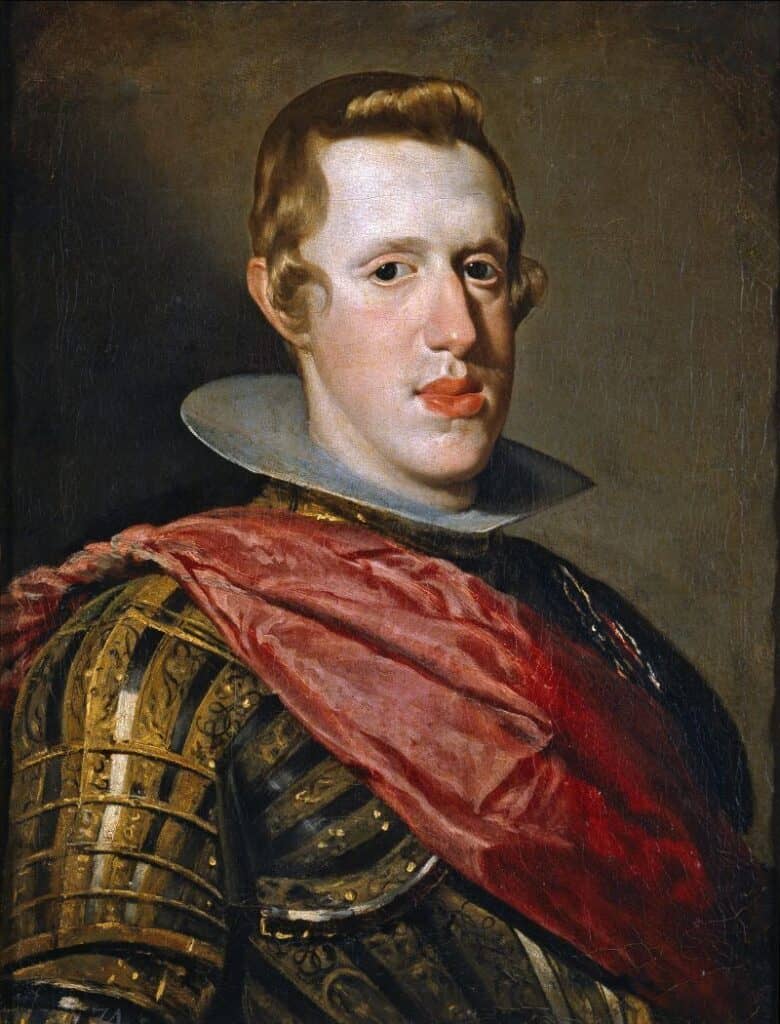
Reign: 1285-1314
Philippe IV was known as the king who ruled with an iron fist, and was often called ‘Philippe the Fair’ and ‘the Iron King,’. He is best remembered for neutralising the Knights of the Templar and executing their commander, Jacques de Molay.
When Philippe took over the Templar fortress, he was astounded to discover that the great treasure had vanished.
Since the Middle Ages, Indiana Jones hopefuls and treasure seekers have been obsessed with the missing Templar’s wealth. It has never been discovered, or no one has openly confessed to discovering it.
7. Anne of Brittany
Reign: 1491 – 1498, 1499 – 1514
Only one woman has held the title of “Queen of France” twice: Anne of Brittany. Since there was no male successor, she was left with control of the area of Brittany. In 1491, she married King Charles VIII of France.
It was stipulated in their marriage contract that she would keep the territorial rights to Brittany if he died. Charles VIII was killed in an accident and his cousin King Louis XII was crowned. The new king married Anne, but she preserved her title as Duchess of Brittany.
Anne of Brittany died in 1514 at the age of 36 from kidney stone complications. It took forty days of an elaborate funeral before she was laid to rest in the Saint-Denis Basilica, the final resting place of the French monarchy.
8. François I
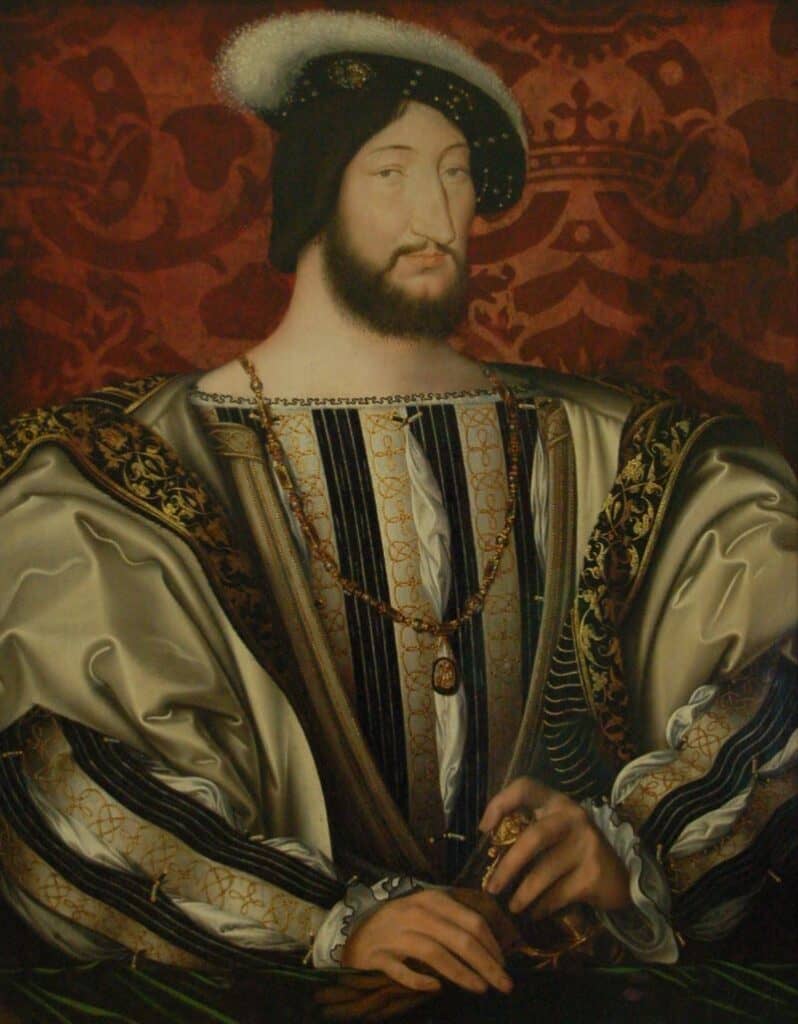
Reign: 1515 – 1547
François I was described as the “Renaissance king.” Leonardo da Vinci, whom he befriended, gifted him the Mona Lisa as a token of his appreciation for art.
During his reign, French was mandated to be the official language of the kingdom (replacing Latin), and he also standardized the language. His reign also saw Jacques Cartier embark on many trips to the “new world.”
Like his ancestors, François I had a reign scarred by war. His defeat at Pavia (17 March 1526) landed him in jail in Madrid, where he remained until his release a year later.
9. Catherine de Medici
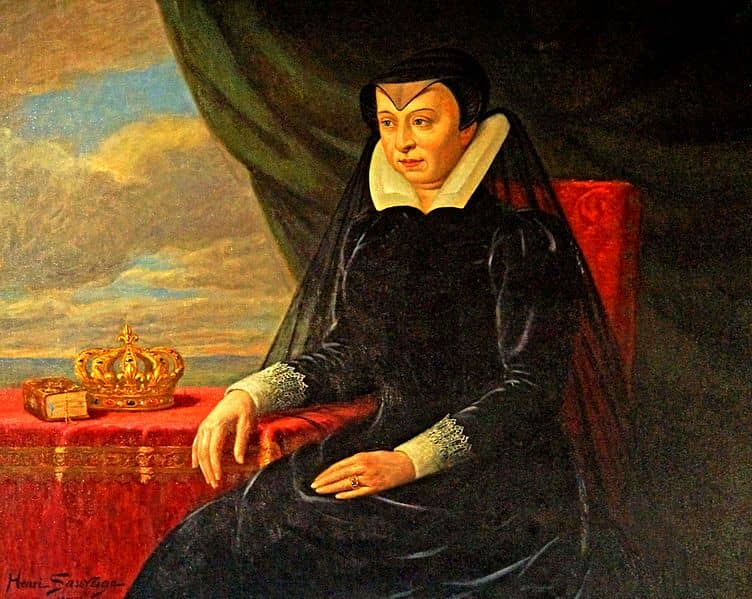
Reign: 1547 – 1559
Catherine was born in 1519 into the prominent Medici family. She married François I’s second son, Henry, who ascended to the throne of France in 1547.
During his reign, Henry denied Catherine any political influence and openly favoured his mistress Diane of Poitiers.
Following Henry’s death, Catherine exiled Diane to her estates and took over as regent and ruler of France. Three of Catherine and Henry’s sons became Kings of France, but all died young.
Catherine was known for her various building projects, which include the château of Montceaux-en-Brie near Paris, the Valpis chapel in the basilica of Saint Denis, the Tuileries, Hotel de la Reine and the château of Chenonceau.
10. Louis XIV
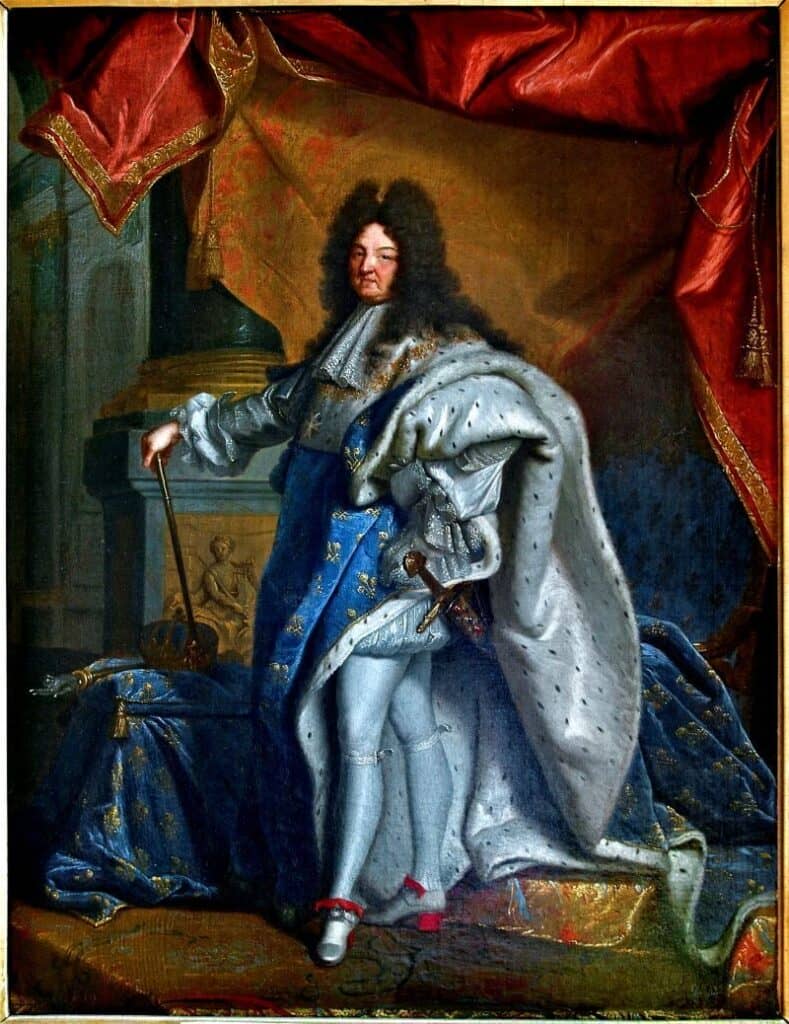
Reign: 1643 – 1715
Louis XIV, known as the “Sun King,” was one of the most famous French rulers of all time. The opulent Versailles Palace, his new royal residence in the countryside gave him unlimited authority over his courtiers and aristocracy.
The new palace also allowed him to relocate the capital’s power away from Paris. The reign of Louis XIV was the longest in French history, lasting for a total of seventy-two years which also makes him one of the popular French people of all time.
11. Louis XVI
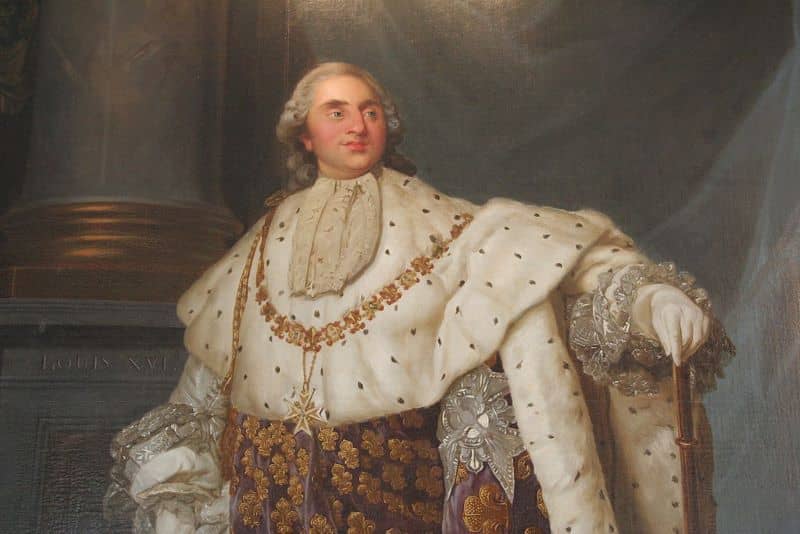
Reign: 1774 – 1791
Louis XVI was unconcerned when the Bastille jail was seized on July 14, 1789. The taxation wall built around Paris in 1784, drought, starvation, and the rising cost and shortage of bread were all elements that contributed to the 1789 Revolution.
King Louis XVI and his Queen Marie-Antoinette were deposed of their royal titles and imprisoned in the Tuileries Palace. They eventually escaped and were on their way to Austria when they were apprehended in Varennes.
On January 21, 1793, Louis XVI was deemed a traitor to the Revolution, put to death, and guillotined at Place de la Concorde in Paris.
12. Marie-Antoinette
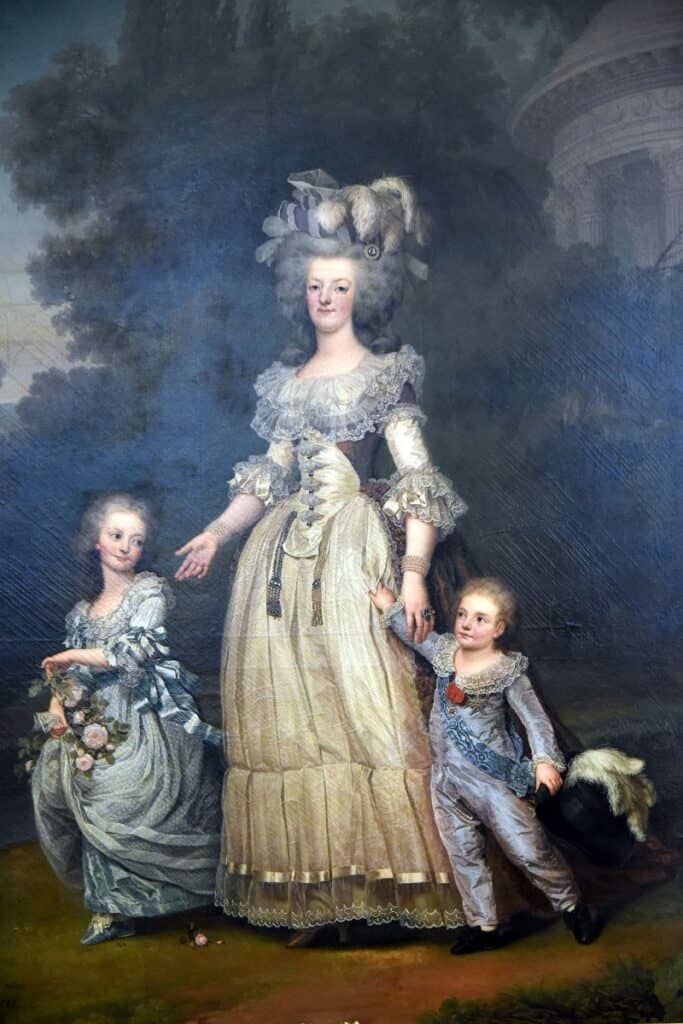
Reign: 1774 – 1792
Marie-Antoinette was born into the Austrian royal family, but she married France’s future, King Louis XVI.
Her lavish existence was cut short by the storming of the Bastille on July 14, 1789, which started the French Revolution. In 1792, the French monarchy was abolished and France became a republic.
Louis XVI and Marie-Antoinette sought the help of allied royalists to escape from the Tuileries jail in Paris.
They pretended to be peasants but were caught in Varennes. Accused of subverting the First French Republic, Louis XVI was executed on January 21, 1793. Marie-Antoinette was guillotined in Paris on October 16, 1793.

Hi, I’m Christine – a full-time traveler and career woman. Although I’m from the Philippines, my location independent career took me to over 40 countries and lived in 4 continents in the last 10 years, including France. A self-proclaimed Francophile, I love everything France.
